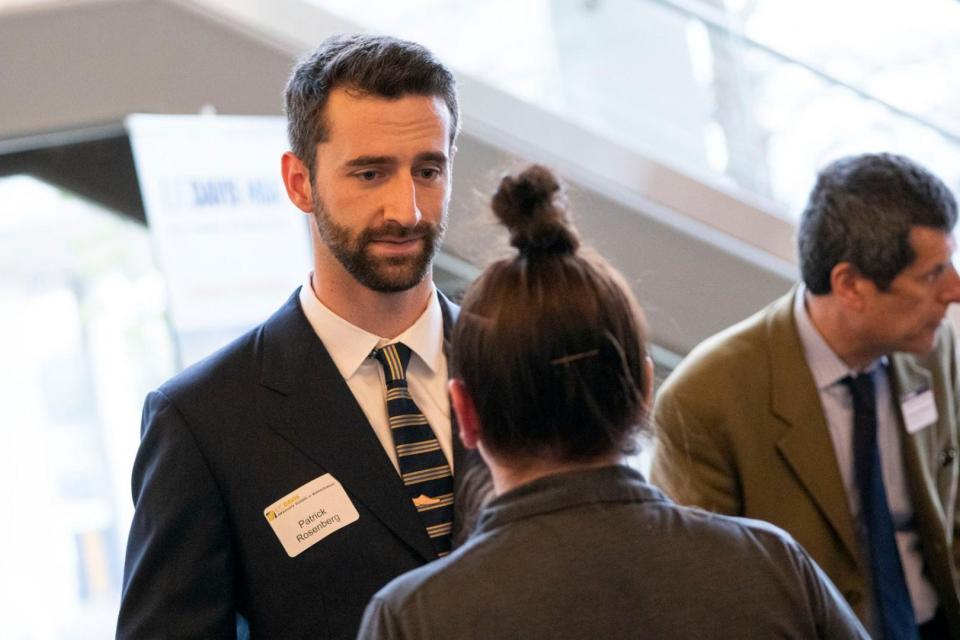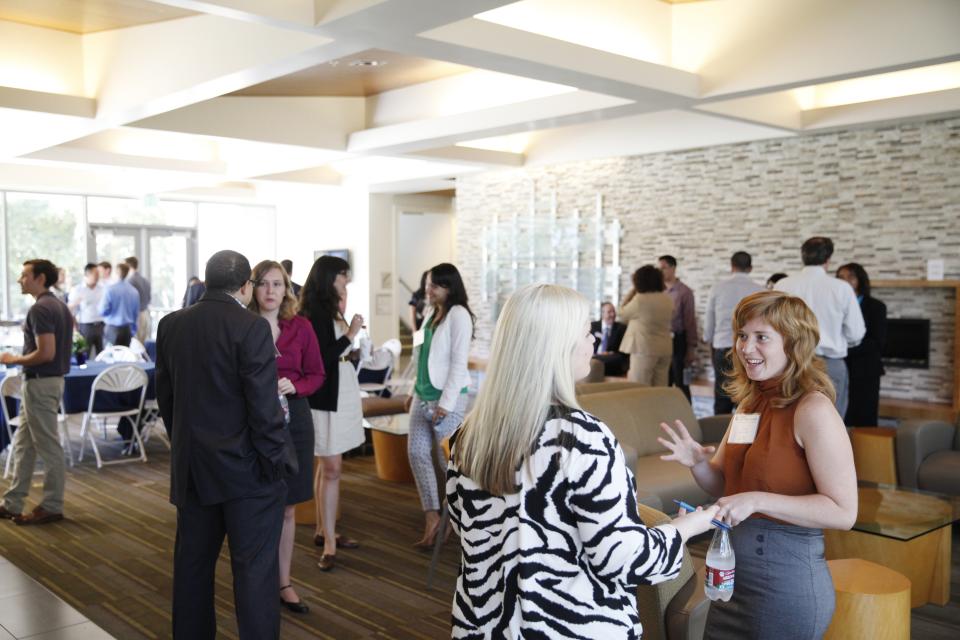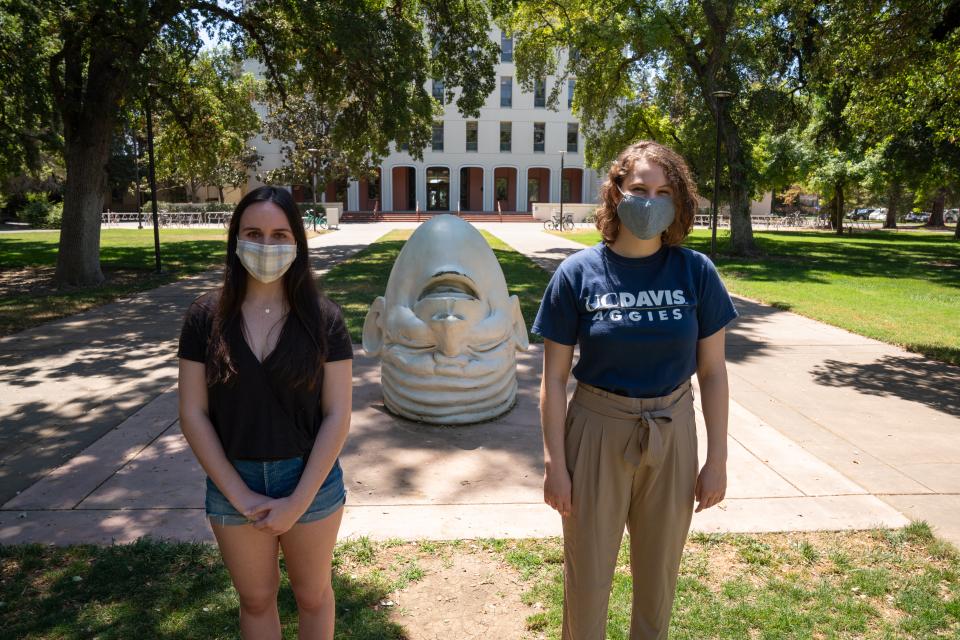From Foodie to Aggie, My Taste of Ag Industry’s Future
Matching strategy with sustainability

Consumer and grower preferences in the agriculture industry are shifting. The earth and number of people living on it are changing. In a response, UC Davis is committed to building a more stable food system for the future.
The Food and Agriculture Industry Immersion presents a unique opportunity for MBA and agricultural and food sciences students to connect with many industry executives, collaborate with a diverse group of peers, and team up on critical issues companies are facing today.
I’ve been involved in the food and agriculture industry for almost 26 years. Specifically, I have been performing consumer research on preferences, availability and cost points. In other words, I have been eating, and enjoying food my entire life.
However, to make a meaningful impact on crises such as sustainability and food security, I needed more than passion and an appetite.
"As populations continue to grow and environmental pressures compound, the food and agriculture industry needs to be at the epicenter of the solution."
Hands-on learning
The Food and Ag Industry Immersion course covered an impressive breath of industries, functions and insights in only five weeks. One morning, I found myself untangling the problems surrounding waste streams in the California dairy industry with Ultra Capital. Later that same afternoon, my team and I presented on international supply chain management for E. & J. Gallo Winery. Other companies we had the pleasure of working with included Coca-Cola, Once Upon a Farm, AGR Partners, and McKinsey & Co.
To measure my growth during the Immersion, I asked myself these four questions:
1. Do I care about food security and the environment?
As populations continue to grow and environmental pressures compound, the food and agriculture industry needs to be at the epicenter of the solution. One of my main goals in my MBA experience was to learn how to make a positive, sustainable impact in a delicious way. Creative solutions are waiting. For example, we were inspired by Regrained, a company upcycling spent brewer’s grain into nutritious energy bars. If we can “eat beer” to combat food waste, what else is possible?
2. Am I aware of every sector of the agriculture value chain?
The course provided me the invaluable opportunity to learn more about the food industry, from growing seeds to managing grocery stores.
Through live business cases, I was consistently challenged in a practical learning environment. For example, in one afternoon, we brainstormed customer relationship management plans for Raley’s, a 129-store grocery chain in Northern California. The following week, we designed sample 5-year growth strategies for the vegetable seed division of HM.CLAUSE, No. 2 in the business worldwide thanks to its mother company Limagrain.
3. Am I familiar with how the food and agriculture industry is evolving?
Shifting customer preferences and innovation in the agriculture space both drive today’s food trends. How to identify, anticipate, and tap into these trends were some of the key threads that connected many of the speakers. For example, Mattson, a Bay Area firm that specializes in culinary-driven technical development, walked us through four key consumer movements: flexitarianism and plant-based eating, cellular agriculture, upcycling food, and personalized eating. Leveraging these preferences can create meaningful opportunities.
4. Do I enjoy working with diverse teams on stimulating and relevant problems?
In the Immersion, we moved beyond passive learning. Every day I was encouraged and empowered to engage with my MBA peers and graduate students from food and ag disciplines. These discussions with industry leaders and fellow students will remain one of the most impactful experiences of my graduate education.
"We moved beyond passive learning. Every day I was encouraged and empowered to engage with my MBA peers and graduate students from food and ag disciplines."
Global Opportunities and Change Ahead
These insights and connections proved invaluable at the Food + Ag Business Career Fair hosted at the Graduate School of Management shortly after the Immersion ended.
The foyer of Gallagher Hall was buzzing, packed with representatives from than a dozen top food and ag companies who spoke to students about their firms’ operations, culture and opportunities.
At the career fair, I was able to reconnect with companies that had executives speak in the Immersion, such as HM.CLAUSE, with whom I was able to discuss their industry at a high level. And I easily applied what I learned to other companies. For example, I enjoyed talking with La Tourangelle about consumer packaging, ingredient waste streams and internal culture at an international food company.
As I plan my career road map, the Food and Ag Industry Immersion gave me a significant edge with managerial insights and a breadth of focused interests.


